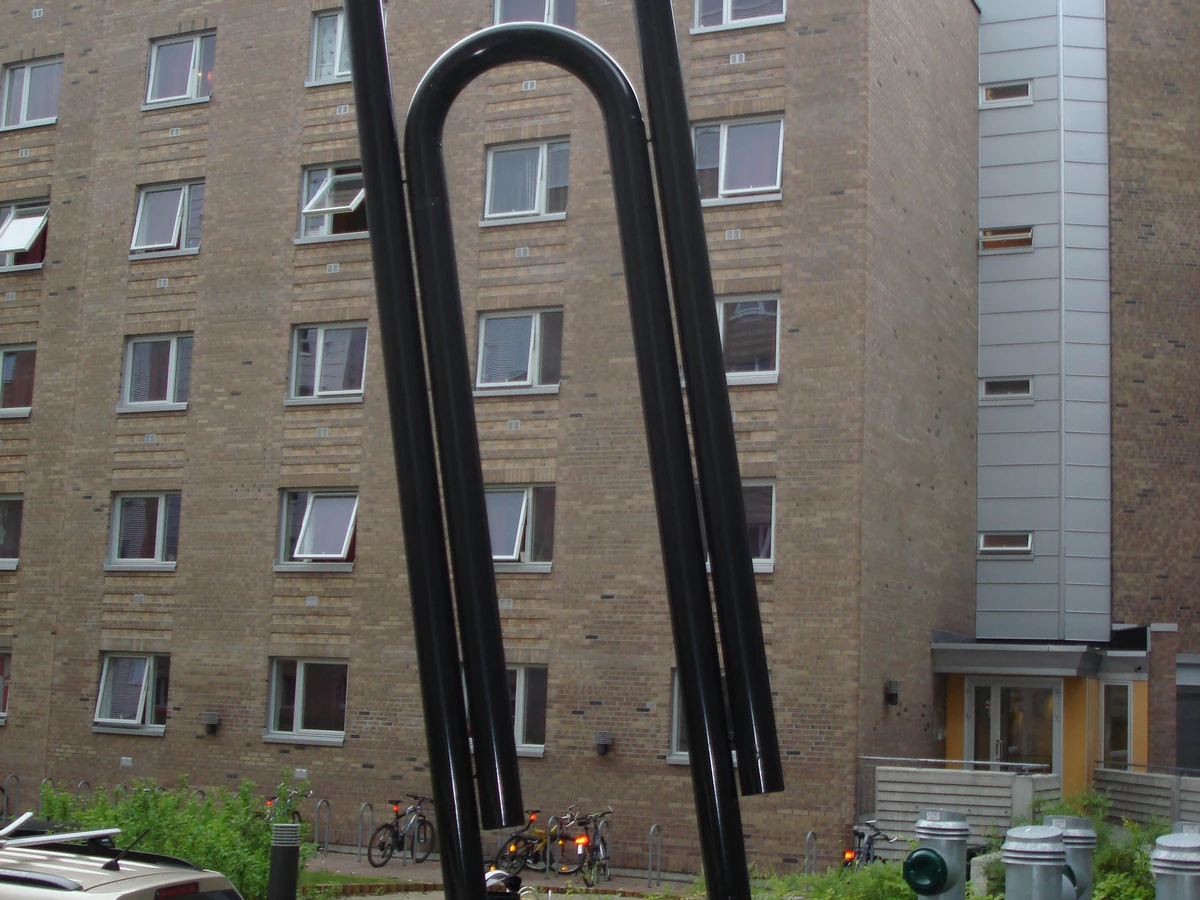The paperclip seems so obvious that it feels timeless, yet its familiar double-oval didn’t win by accident. It triumphed through manufacturability, gentle grip, and a century of incremental tweaks to wire and tooling.
Before the ‘Gem’ pattern became the office default, the world experimented with straight pins, lace, eyelets, crimpers, and clasping devices. Each fixed a pain point but introduced new ones: torn sheets, slow threading, bulky hardware. The humble paperclip offered a reversible, pierce‑free hold—and scaled perfectly for factories.
This long-form history traces precursors, the explosion of patents in the 19th century, the triumph of the double loop, and the cultural afterlife of a tiny icon.
Precursors: Sewing, Pins, and Ribbons
For most of the early modern era, organizing pages meant making them one: copyists sewed or pinned folios, and clerks tied ribbons through punched holes. The result was secure but slow and semi‑permanent. Straight pins solved speed—at the cost of pricks and tears.
Industrial wire drawing changed the game. When springy steel wire became cheap and uniform, designers could imagine a fastener that flexed repeatedly without breaking—and gripped with friction rather than puncture.

Patent Fever and Competing Geometries
The late 1800s saw a patent bloom: single loops with catches, triangular bends, multi‑tongued contraptions. Many worked in theory but were fussy to manufacture. Every extra bend added tooling cost and failure points.
The pattern that quietly dominated—now called the ‘Gem’—is two smooth loops with parallel legs. It presents a ramp that guides paper under the outer loop while the inner loop provides spring and friction. It’s cheap to bend, easy to finish, and gentle on sheets.
Manufacture: Wire, Bending, and Plating
Factories straightened coiled wire, cut it to length, and bent it on cams and dies. Consistency of radius and leg parallelism determined grip. Over time, plating (nickel, later zinc) improved corrosion resistance; brass and plastic colorways added aesthetics.
Accessories formed a desktop ecosystem: magnetic dispensers, weighted cups, and rails. Slight changes in gauge or temper tuned holding strength for thin onionskin or thick report packets.
Design Variants and the Wider Family of Clips
The paperclip’s cousins—No‑Slip serrated clips, butterfly and binder clips—handled bigger stacks and reusability. Each carried trade‑offs: binder clips mar fewer pages but bulk up files; serrations hold tight but can mark paper.
Minimal geometry changes matter. A narrower inner loop raises pressure on fewer fibers (tighter hold, higher risk of marks). Rounded corners reduce snagging. The office learned these nuances by feel.
Meaning, Myth, and Digital Afterlife
Paperclips became emblems. In WWII Norway, people wore them as subtle anti‑occupation badges—holding together in spirit. In craft culture, they became quick phone‑reset tools and SIM ejectors. In software, the clip icon means “attach.”
Even as documents digitized, the clip endured as a metaphor for connection. It survives on screens because it solved something universal: temporarily binding things without damage.
Curiosities and Fast Facts
- There is no single, universally accepted ‘inventor’ of the Gem clip; its success was industrial rather than proprietary.
- Phosphated or textured coatings can subtly increase grip by raising friction.
- Some archival settings avoid clips entirely to prevent long-term impressions in paper fibers.
Conclusion
The paperclip won not by extravagance but by restraint: the least wire that does the most work. Its curve maps a century of learning about friction, spring, and desk‑side ergonomics.
